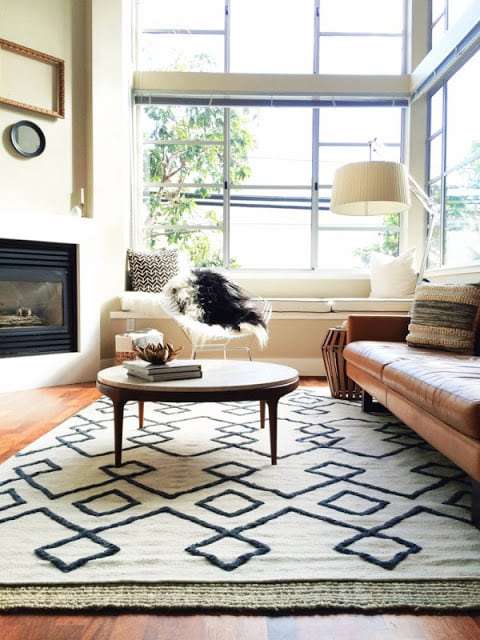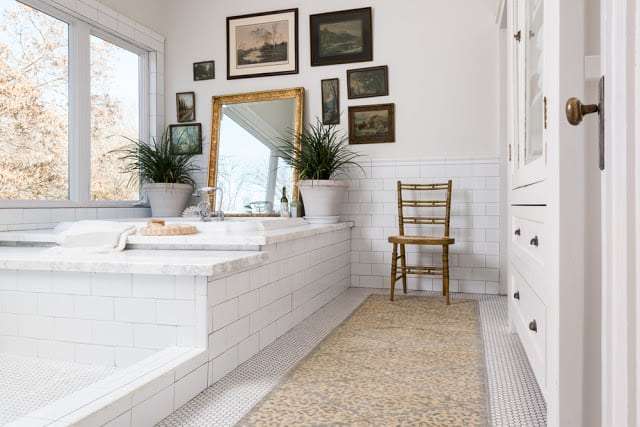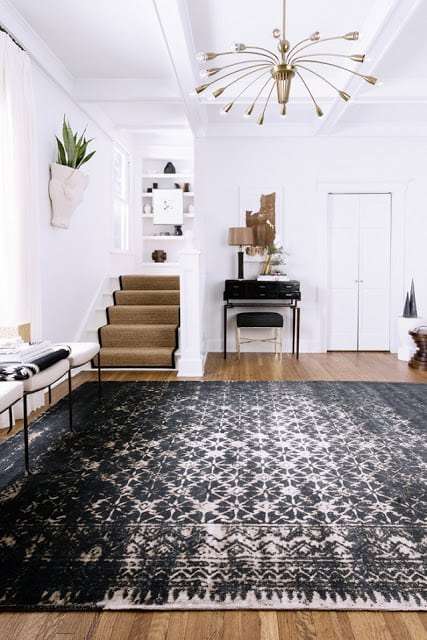How to Protect Wood Floors with Area Rugs
Easiest way to protect wood floors from scratches and other damage is to decorate them with an area rug. Area rugs provide a protective barrier against furniture legs, foot traffic, and pets while adding style to any floor in the house. If you haven’t picked an area rug yet, check out our Shopping Catalog, and then use the following steps to ensure your area rugs keep your wood floors scratch-free.
Remove Scratches and Dirt from Floor
Walking on an area rug that has been placed over a dirty wood floor can grind the dirt, dust, and sand into the wood. Sweep and mop the entire area to prepare the floor. Fix any scratches with wood wax or filler before laying your rug down. This will ensure your floors stay pristine for when you remove the rug.
Use Runner Rugs in High-Traffic Areas
Wood floors in hallways, entryways, and near the garage are normally high-traffic areas that will see more wear and tear. Use runner rugs in these areas to keep shoes from leaving marks and scuffs on the floor and to protect against debris brought in from the outside.
Shop For This Rug Here
Shop For This Rug Here
Place Oversized Area Rugs in Large Rooms
While it can look nice to have a smaller area rug that just covers the floor in a seating area, if you want to protect the wood flooring in a larger area, you’re going to need a larger rug. Oversized rugs are large enough that they may reach all the way to the walls in some rooms.
Pick the Right Pile
Be sure to pick a rug that won’t take away from the functionality of the room. If you’re placing a rug in an office, make sure it has a low pile that won’t interfere with a rolling office chair. Use high-pile rugs in living rooms and dens with heavy furniture because they are less susceptible to dents and can be easily fluffed when you rearrange furniture.
Use a Non-Skid Pad
If your rug has a rough backing it can gradually scratch wood floors. Provide a barrier between your rug and the floor with a non-slip rug pad. In places where you do the most walking or standing, choose a carpet pad with a little bit of extra cushioning. For flat-weave rugs, try a dual-sided felt rug pad that reduces slippage and is discreet under thin rugs. Synthetic rubber pads are the most inexpensive option and can easily be trimmed with scissors to fit rugs with irregular shapes.




